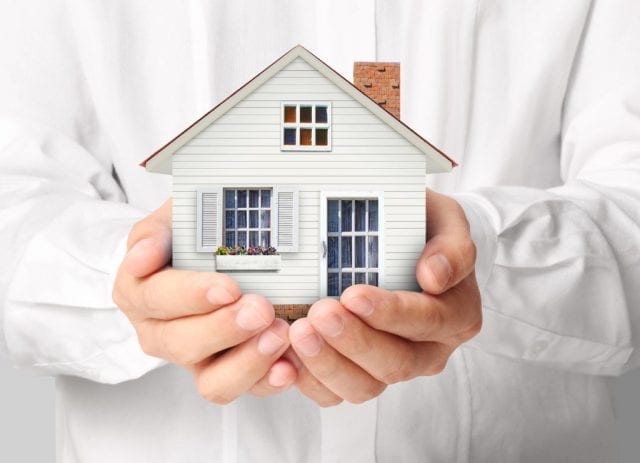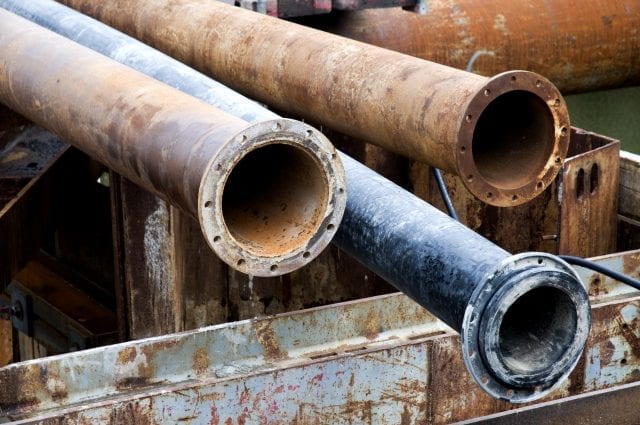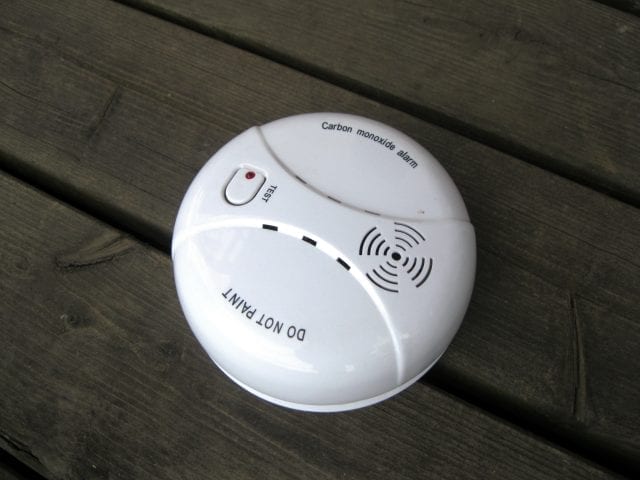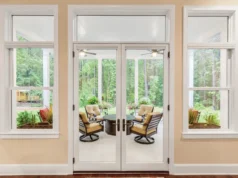
People spend time worrying about the enemy outside, without ever taking the time to consider that the very place they call home often contains a number of potentially life-threatening hazards. Homes, live every structure, are made imperfectly – sometimes due to negligence, sometimes due to age – and so it becomes the responsibility of the homeowner to proactively stay on top of potential issues in the home.
This article is going to look at a few different common household hazards. Not necessarily avoidable hazards that are the product of human error – like falls, drowning, choking, etc. – but hazards that are built into the walls and the foundation of many houses. But don’t fret: this article will also discuss what measures to take to eradicate the problem safely.
Lead Pipes

Many older homes still have their original lead pipes, even though decades of research and data has unilaterally shown lead to be an unsafe material. The lead in pipes, over time, leaches out into the drinking water, causing issues ranging from mild to severe lead poisoning. If you have kids in the house, it is doubly serious; studies show that lead intake can cause developmental problems in growing children.
Replacing lead pipes is a job that should only be undertaken by a professional plumber. To learn more about lead piping, as well as the process involved in its removal, visit Mister Plumber for more info – their blog is plainly written, concise and helpful.
Faulty Electrical Wiring
Faulty electrical wiring is a leading cause of house fires in North America. The culprit can be a number of things: aluminum wiring, old knob, and tube wiring, loose wiring, no arc fault circuit interrupter, and many more things. If you smell burning, or any strange smell coming from your outlets, don’t hesitate to spring into action.
By “spring into action”, of course, you should call an electrician; under no circumstances should you attempt electrical wiring alone. That’s a recipe for electrocution. The website This Old House has a handy guide to bringing in an electrician, including what qualities to look for and how to negotiate pricing.
Carbon Monoxide Leaks

Carbon Monoxide is no laughing matter. It can cause nausea, dizziness, illness and even death. The effects of CO can be difficult to detect at first if you are solely relying on your own senses. That is why it’s recommended that every homeowner invests in one or a few carbon monoxide detectors, which can be easily purchased and installed.
Additionally, keep up-to-date with your HVAC, as well as any home appliance that uses CO-producing gas or coal. For this, it’s best to contact an HVAC specialist. WikiHow, of all places, has probably the best write-up on how to seek out an HVAC contractor – although points five and seven may be unrealistic in the real world!
Those are three of the more prevalent home hazards, barring those that are a result of human error. As you can see, each of them requires professional intervention to safely remove the problem. It may cost you a little up front, but it is the best way to ensure your family’s safety.








